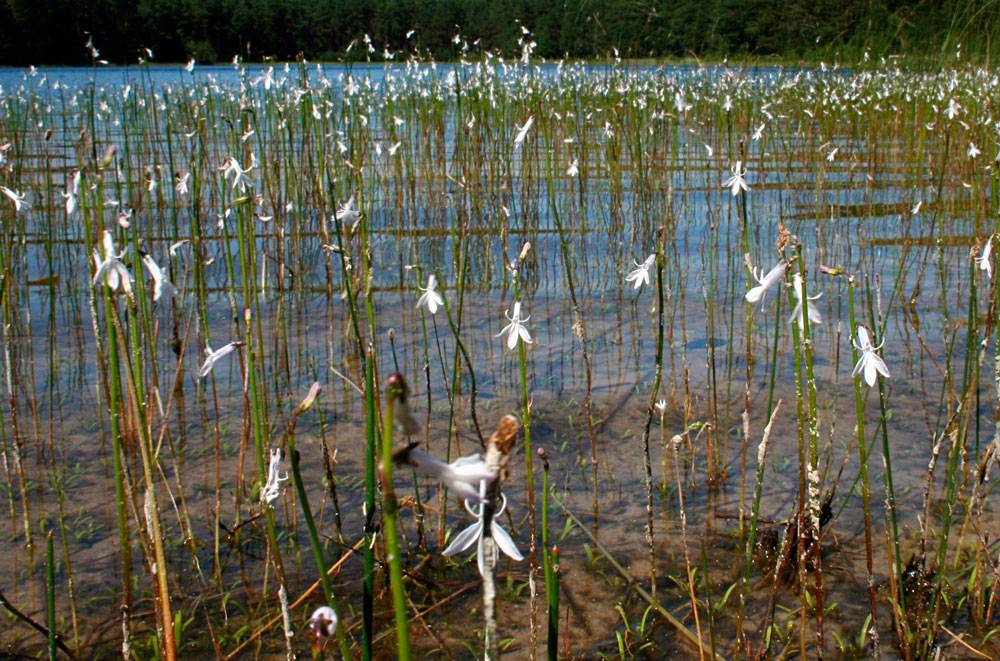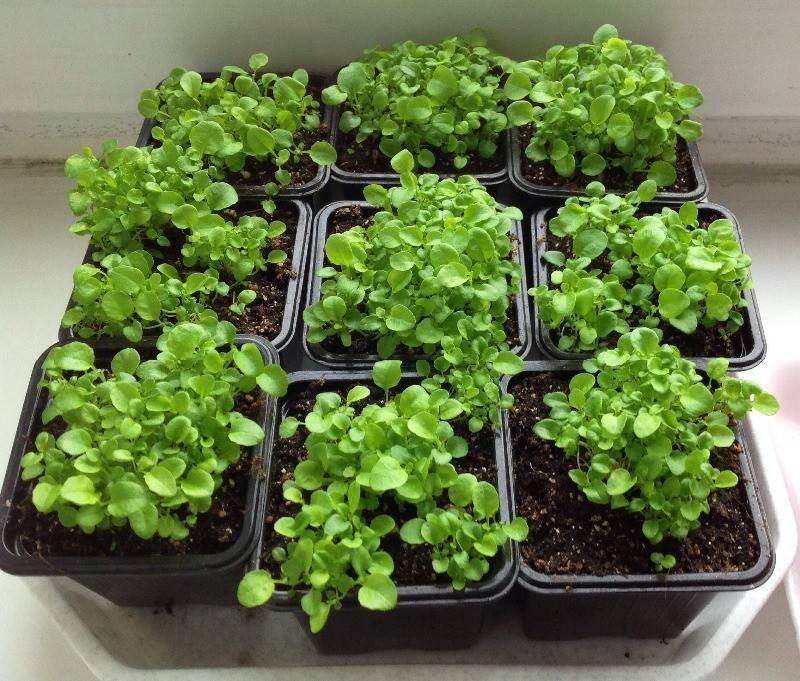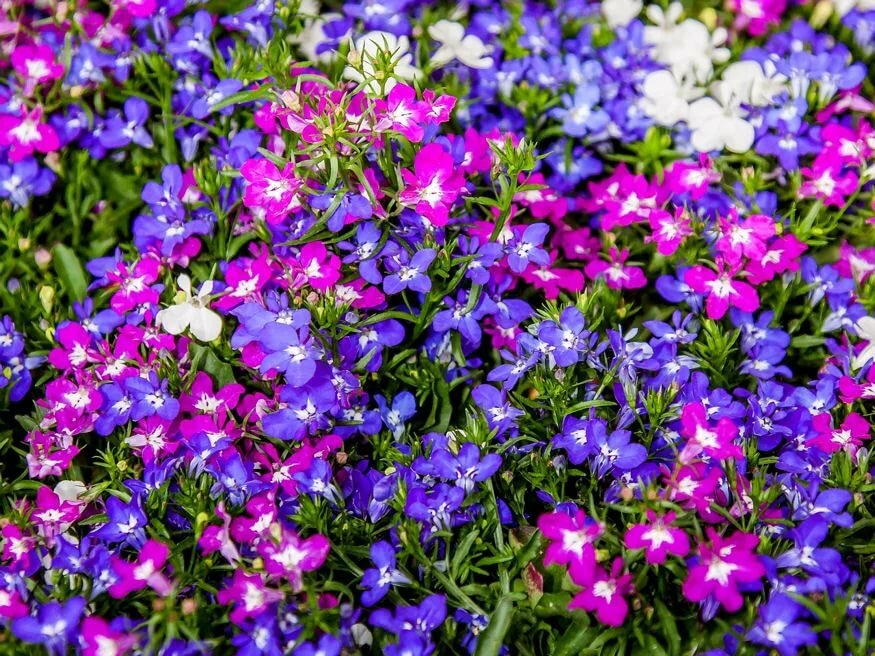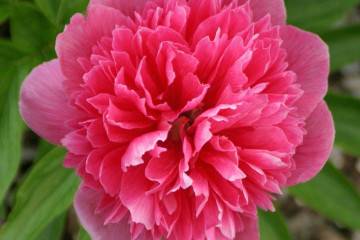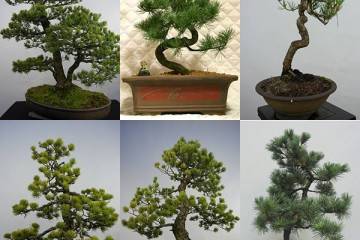Lobelia planting and care in the garden
Content:
- Lobelia characteristic
- Classification of species
- The cultivars that are most popular with horticulturists
- How lobelia reproduces: the seed method
- Planting cuttings
- Dividing the bush
- Features of care in the garden
- Flowering features
- Preparation of perennial lobelias for wintering
- Possible growing problems
- Use in landscape design
Lobelia is a bright flower that adorns parks and gardens. Due to the variety of shapes, sizes and colors, it harmoniously combines with plants on city lawns and is an excellent element for decorating balconies and terraces. Observing the basic rules of care, even an inexperienced florist will be able to admire lobelia on his site for several years.
Lobelia characteristic
Lobelia (Lobelia) belongs to the bellflower family. It received its name from the name of the botanist Matthias de Lobel, who worked in the 16-17 centuries. in the botanical garden of King James I.
The genus is represented by herbaceous plants, shrubs, shrubs and trees. There are more than three hundred types of lobelia, of which about 20 are grown for decorative purposes.
Bushes differ in height and shape: they can be spherical, have hanging and erect shoots. The length of the stems, which begin to branch from the base, is in the range of 0.25-1.5 m. The lobelia plant has two-lipped axillary flowers of various colors (white, pink, blue, etc.).
Classification of species
In nature, lobelia grows like a perennial. These varieties include Shiny, Dortman, Gherardi, Purple, Sedentary, etc.
In Russia, due to the peculiarities of the climate, the flower is more often grown as an annual plant in the garden or as a home perennial. These varieties include lobelia Erinus, Strong, Thinner, etc.
The cultivars that are most popular with horticulturists
The most popular are the following types of lobelia:
- Shiny (Fulgens), featuring high erect stems (up to 1.5 m), as well as green or red leaves and fiery scarlet flowers.
- Lobelia Dortmanna (Lobelia Dortmanna), characterized by a low level of bushiness and having small bell-shaped flowers of white and bluish shades.
- Lobelia Gerardii, which has 90-cm stems with purple and violet inflorescences and is able to withstand 30-degree frosts without shelter.
- Cardinal (Cardinalis) or Lobelia Purple, characterized by erect stems 1 m high and spike-shaped bright purple inflorescences.
- Lobelia Blue (Siphilitica), whose name comes from the word "syphilis" (people mistakenly believed in the ability of a flower to cure this disease). The stems are decorated with ears of blue-violet flowers.
- Sessile, with erect shoots 0.25-1 m long.
- Lobelia Erinus (Erinus), which has highly branching stems, located in the form of a ball up to 25 cm in diameter or hanging 30-40-cm shoots, as well as flowers of different shades: white, pink, purple and blue.
- Strong (Valida), similar in compactness to Erinus, but with more succulent foliage, sturdy stems and purple flowers with a white heart.
- The thinnest (Tenuior), the length of the shoots of which is 25-35 cm, and the diameter of blue and lilac flowers is 2 cm.
The flower prefers silty and sandy soils. Due to the draining of lakes and marshes, it is rarely found in the wild and is grown primarily in botanical gardens.
How lobelia reproduces: the seed method
Flowers can be propagated by seed, cuttings and dividing the bush. For a lobelia plant, planting and caring for seedlings during the propagation process is the most time consuming part.
The optimal period for sowing is the 2nd half of February in Siberia and the Urals, the 2nd decade of March in the middle zone and mid-February in the south of the country and in the Volga region.
There are three ways to sow seeds:
- in containers with soil;
- in cassettes with a mesh height of 5 cm (used when sowing granular seeds);
- into peat tablets.
When picking seedlings, choose cups with a diameter of 5 cm or boxes, providing a 5-cm distance between the seedlings.
Soil and seed preparation
A loose and nutritious soil is chosen for the flower, which is spilled with a phytosporin solution 2 days before the procedure. After drying, the soil is compacted by slightly slamming.
Sowing description:
- Expanded clay is poured at the bottom of the container (serves as drainage).
- Lay the soil on top.
- Water abundantly.
- The seeds are scattered on the ground. One trick to making it easier to sow lobelia seeds for seedlings is mixing them with sand to distribute them evenly.
- Seed material is gently pressed into the soil without dusting.
- The container is covered with foil and placed in a warm place.
Every day, the film must be opened for airing. You can expect the first leaves to appear in a week.
Seedling care
When seedlings appear, the containers are placed on the windowsill and provide moderate watering. It is important not to allow the earthen coma to dry out, which leads to the death of plants. If signs of disease appear on the stems and leaves, the shoots are removed, and healthy seedlings are treated with fungicides.
Dive and transfer
7-8 weeks after the emergence of seedlings, a pick is carried out: a bush of 3-4 plants is separated, placed in a hole in the soil and sprinkled with earth, compacting it around the stems. When the seedlings reach a height of 6-8 cm, they are pinched to obtain a lush bush.
Before planting in open ground, it is recommended to harden the seedlings: take them out into the street, gradually increasing the residence time.
At the end of May, the seedlings are ready to "move" to a permanent place. Florists loosen the soil, fertilize it with organic matter and minerals, and then plant the bushes in the holes with an interval of 15 cm.
Planting cuttings
Preparation for grafting is carried out before frosts: perennials are transplanted into pots and brought into the room. In the spring, 10-cm cuttings are cut from them and placed in a container with a root former, after which they are planted in containers. After the formation of the root system, lobelia is planted in open ground for further cultivation.
Dividing the bush
The process is carried out in the spring, when shoots appear on the stems. The bushes are dug up and divided into several parts, each of which is placed in a planting pit.
Features of care in the garden
Knowing the basic rules of how to care for lobelia allows you to achieve abundant flowering throughout the summer.
What conditions do lobelia like
Among the preferences of the flower are:
- loamy and sandy loam soils;
- regular watering;
- diffused sunlight;
- pruning to add splendor.
What is the plant afraid of
When growing lobelias, it is important to avoid drought - lack of moisture causes leaves to burn in the sun, yellowing of stems and has a detrimental effect on flowers.
When planting plants, you should avoid increased soil fertility, which causes abundant formation of greenery and poor flowering.
Watering, loosening and mulching
Flowers require regular watering. When caring for ampel varieties, this should be done 2 times a day.
To provide air access to the root system, the soil is loosened to a depth of 5 cm, removing weeds. This process also avoids moisture stagnation and root rot.
For ampelous varieties of the lobelia plant, cultivation is accompanied by mulching with a hydrogel in order to retain moisture.
Top dressing
Top dressing is carried out three times:
- after 2 weeks. after planting seedlings in open ground (with minerals);
- 2 times during the flowering period (1 time - potash, the second - mineral).
The question of how to feed lobelia for abundant flowering is easy to solve. It is necessary to purchase vermicompost, since it contains a sufficient amount of phosphorus, potassium, macro and microelements. It contains little nitrogen, which is harmful to this plant.
Pruning and replanting
Shrub lobelia is cut to increase its decorative effect. The procedure is carried out after the first flowering, shortening the stems to 5 cm. The ampelous lobelia in the pots is not cut off.
The transplant is caused by the need to preserve the flowers in the winter, for which they are placed in pots and brought into the house. In warm countries, lobelias are able to winter in areas.
Flowering features
After 8-10 weeks. after sowing seeds, many flowers appear on the bush at the same time.
The ovary of flowers is two-celled. Corolla, like a bell (1-2 cm), characterized by a tube that displaces the teeth of the corolla upward. In the lobelia plant, the flower has no aroma.
The flowering period consists of 2 "waves" with a short break and lasts from May to September, after which the seed pods are formed.
Changes in care during flowering
Nitrogen interferes with the formation of inflorescences, therefore, during the flowering period, fertilizing with its minimum content is chosen. Potassium sulfate, on the other hand, helps to bloom profusely.
Preparation of perennial lobelias for wintering
Lobelia is not hardy and can die during the cold season. For the period of the winter months, perennials are transplanted into containers and brought into a room with a temperature of at least 5-6 grams. heat.
Before the onset of cold weather, seeds are collected. To do this, cut off the bush and shake it over the paper; the crumbled seeds are put in paper bags, indicating the variety and the date of collection.
Possible growing problems
Problems in growing lobelia are associated with mistakes in care and the appearance of parasites.
Diseases and pests
The main enemies of plants are scale insects, aphids and slugs. The first two are eliminated by insecticide treatment, from slugs - the use of traps and chemicals.
Powdery mildew, root rot, spotting and rust are common diseases. In the fight against them, fungicides are used.
Signs of improper care
From how the lobelia will look, you can understand whether she is comfortable on the site. For example, staining the stems gray, wilting, and the appearance of mold indicate the use of foliar irrigation. To prevent the problem, this type of watering should be avoided.
Many growers wonder why flowers dry up by the end of summer. Such a sign indicates a lack of nutrients or lack of pruning for rejuvenation.
Use in landscape design
Lobelia is suitable for decorating parks with flower "carpets" and borders. Compact varieties are used to create alpine slides. To decorate flower beds in the vicinity of lobelia, they are planted:
- alissum,
- nasturtium,
- Iberis,
- marigold,
- begonias,
- pelargonium,
- petunias, etc.
Florists choose ampelous varieties for planting in pots and hanging on verandas and gazebos.
A bright beauty - lobelia fell in love with flower growers. It captivates with its color range and the ability to bloom throughout the summer. Spherical bushes, flower "carpets" and hanging ampelous plants provide great opportunities for flower growers to decorate garden and park areas, as well as gazebos and loggias.

